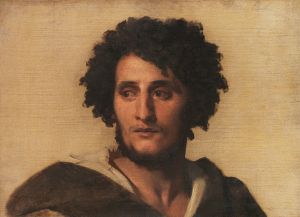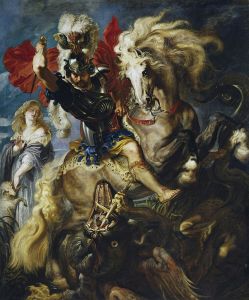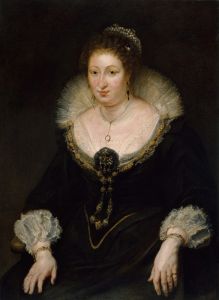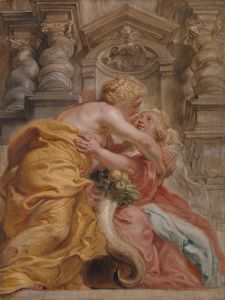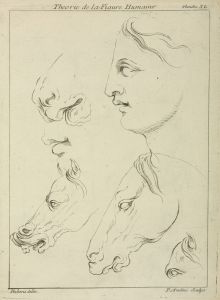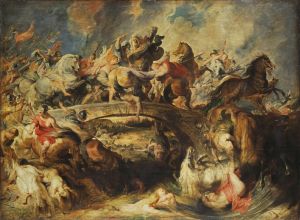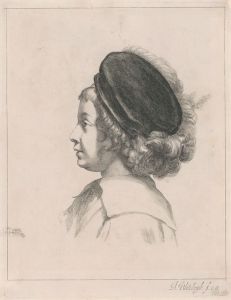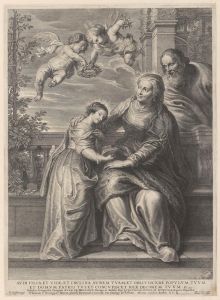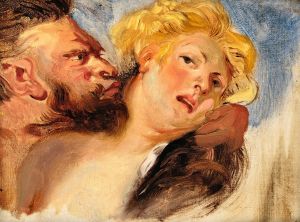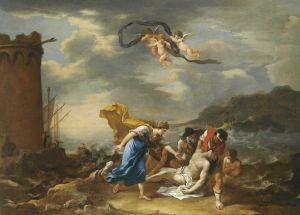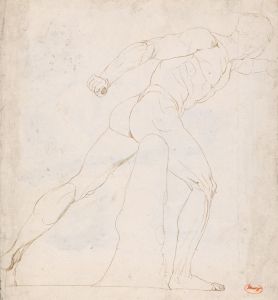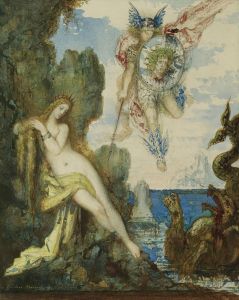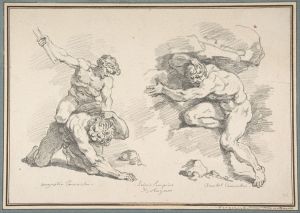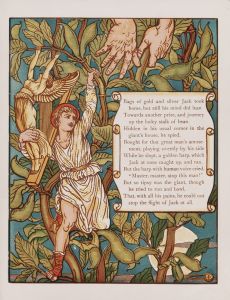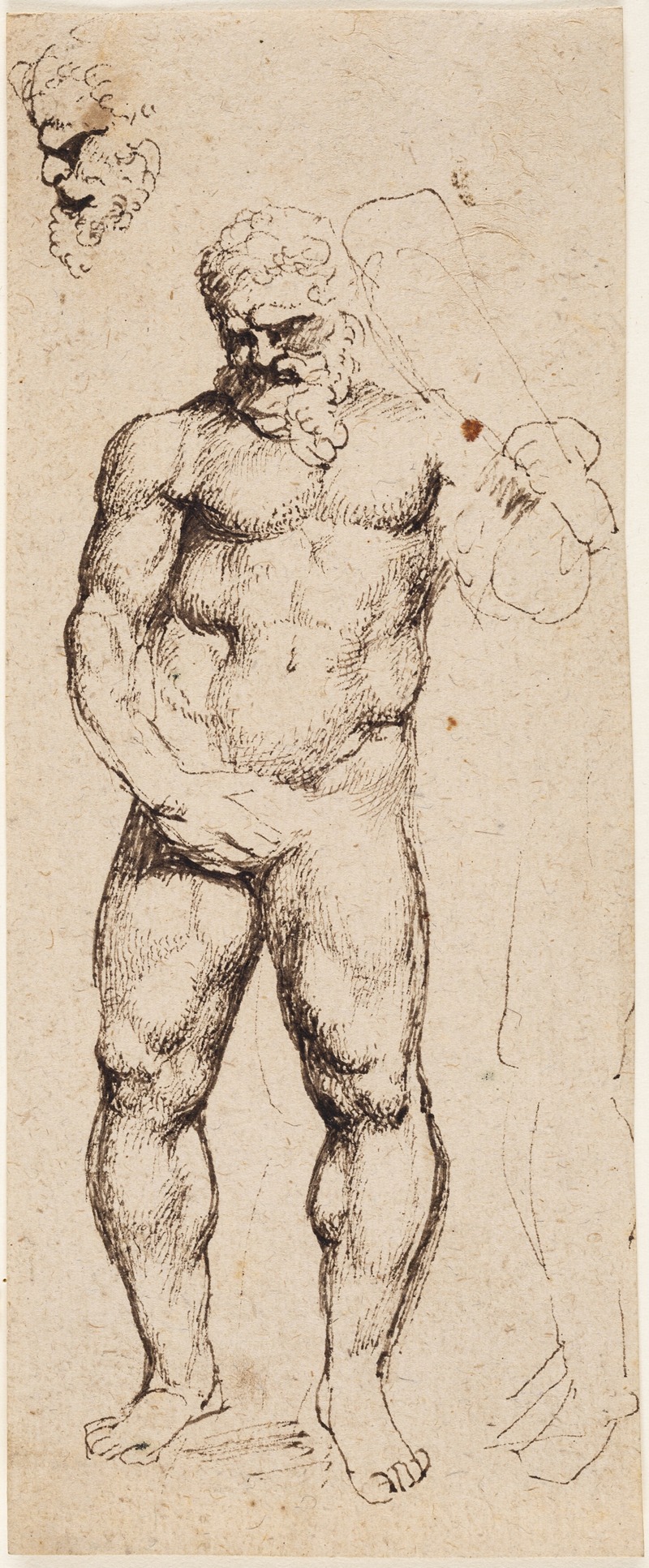
Hercules
A hand-painted replica of Peter Paul Rubens’s masterpiece Hercules, meticulously crafted by professional artists to capture the true essence of the original. Each piece is created with museum-quality canvas and rare mineral pigments, carefully painted by experienced artists with delicate brushstrokes and rich, layered colors to perfectly recreate the texture of the original artwork. Unlike machine-printed reproductions, this hand-painted version brings the painting to life, infused with the artist’s emotions and skill in every stroke. Whether for personal collection or home decoration, it instantly elevates the artistic atmosphere of any space.
Peter Paul Rubens, a prominent Flemish Baroque painter, is renowned for his dynamic compositions, vibrant color palette, and grandiose style. Among his extensive oeuvre, Rubens created several works depicting the mythological hero Hercules, a subject that allowed him to explore themes of strength, heroism, and divine intervention. However, specific details about a singular painting titled "Hercules" by Rubens are not well-documented, as Rubens' works featuring Hercules are often part of larger series or themes rather than standalone pieces.
Rubens' interest in classical mythology was influenced by his humanist education and his time spent in Italy, where he studied the works of Renaissance masters and ancient Roman art. Hercules, a figure from Greek and Roman mythology known for his incredible strength and heroic feats, was a popular subject during the Renaissance and Baroque periods. Artists of these eras often depicted Hercules in scenes illustrating his legendary Twelve Labors or other mythological narratives.
In Rubens' depictions of Hercules, the artist typically emphasized the hero's muscular physique and dynamic movement, capturing the drama and intensity of his mythological exploits. Rubens' style is characterized by its vigorous brushwork and the use of rich, warm colors, which bring a sense of vitality and energy to his compositions. His ability to convey emotion and movement made him particularly adept at portraying the larger-than-life stories of mythological figures like Hercules.
Rubens' works often reflect the influence of his contemporaries and predecessors, such as Michelangelo's sculptural forms and Titian's use of color. His paintings of Hercules may also draw inspiration from ancient sculptures and reliefs, which he would have encountered during his travels in Italy. These classical influences are evident in the anatomical precision and heroic scale of his figures.
While specific paintings of Hercules by Rubens might not be individually famous, his broader body of work includes notable pieces such as "The Triumph of Hercules," which is part of a series of tapestries. These tapestries were designed by Rubens and showcase various episodes from Hercules' life, highlighting his strength and heroism. The series exemplifies Rubens' skill in narrative composition and his ability to convey complex stories through visual art.
Rubens' legacy as a master of Baroque painting is evident in his influence on subsequent generations of artists. His dynamic compositions and vibrant use of color set a standard for Baroque art, and his works continue to be studied and admired for their technical mastery and expressive power.
In summary, while there is no specific, singular painting titled "Hercules" by Peter Paul Rubens that stands out in historical records, his depictions of the mythological hero are integral to his exploration of classical themes and his contribution to Baroque art. Rubens' portrayal of Hercules reflects his fascination with the human form, movement, and the dramatic potential of mythological narratives.





